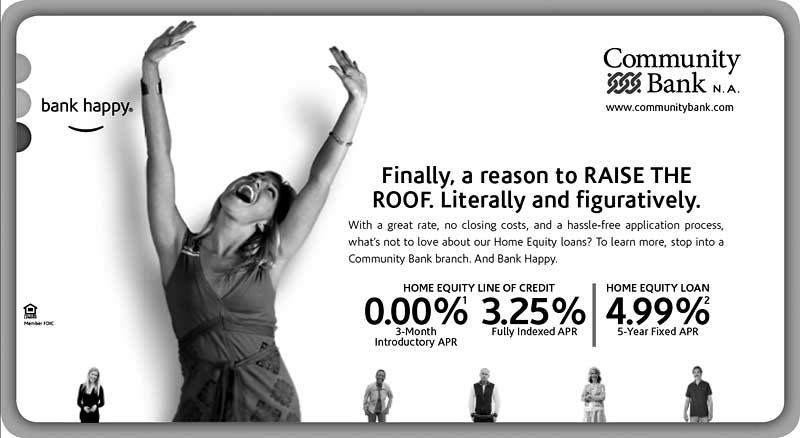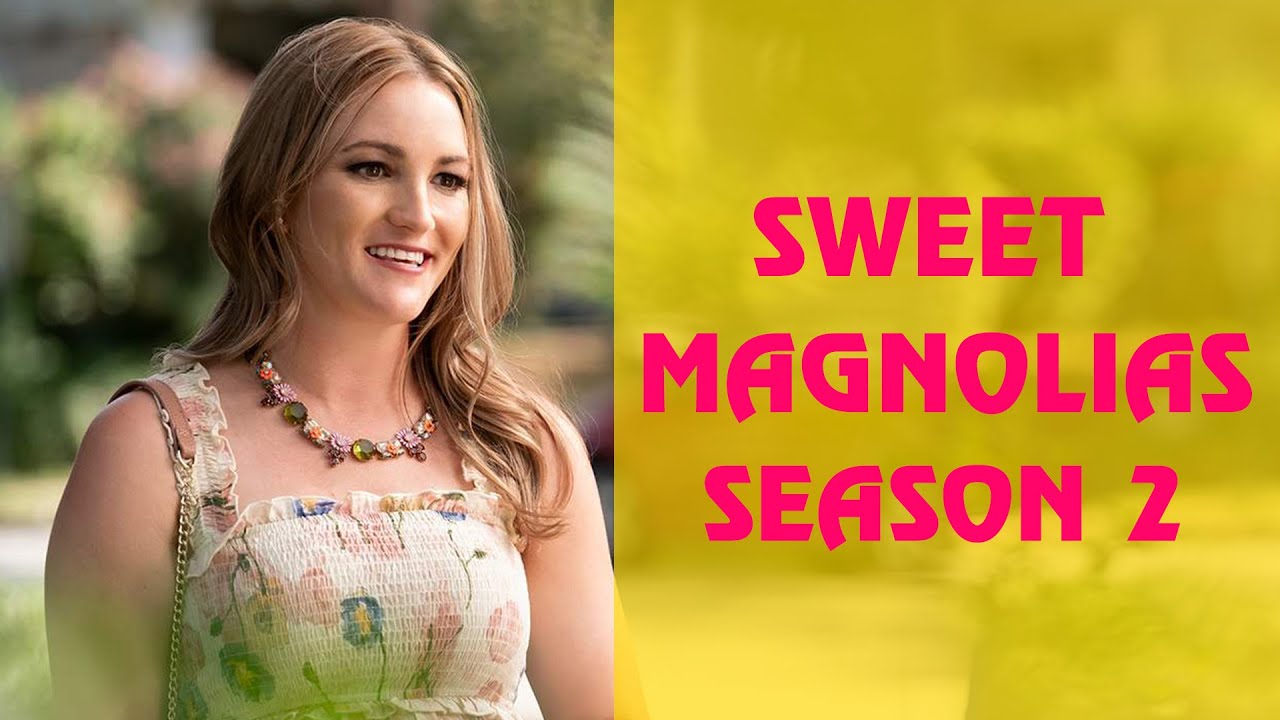Table of Content
Types of mortgages you can look at when considering your options. The most common are conventional loans from Fannie Mae or Freddie Mac as well as FHA and VA loans. Some people may not think of their home equity loan is a mortgage because it’s not part of their main house payment. The maximum amount of residential debt eligible for tax deductions is currently $750,000, which includes home equity loans and mortgages. Home equity loans are different from traditional mortgages in that the borrower takes out the loan when they already own or have equity in the property. You’ll find a variety of home equity loan options, including second mortgages, HELOCs, third mortgages, and refinancing the first mortgage.

For this reason, rates on second mortgages are higher than those you would get at any given time on a primary mortgage. Mortgage is a type of loan that relies on your home as collateral. A lender places a lien on your home in exchange for giving you the loan. The lien gives them the right to take the home back if you can’t make the monthly payments. However, the mortgage process is designed to qualify you so that the lender is confident you can handle a house payment. Home equity loans come with a fixed interest rate and a lifespan of between five to thirty years.
HELOC vs. Home Equity Loan vs. Second Mortgage
Based on these factors, here are the key differences among the three types of loans. Like a reverse mortgage, a home equity loan lets you convert your home equity into cash. It works the same way as your primary mortgage—in fact, a home equity loan is also called a second mortgage. You receive the loan as a single lump-sum payment and make regular payments to pay off the principal and interest, which is usually a fixed rate. Unlike a reverse mortgage, you don't have to be 62 to get one, and you have to start making payments on the loan shortly after taking it out. During the latter phase of the HELOC comes the repayment period.

Home equity loans are a type of ‘second mortgage,’ meaning they’re not used to buy or refinance a home. Home equity loans are fixed-rate, while HELOCs are variable rate. Talk to your mortgage lender about a HELOC soon; it’s been reported that the Federal Reserve will raise rates several times in 2022. Some say the Fed will raise rates to about 2.5% by the end of the year. With the new tax law enacted in 2017, married couples can deduct mortgage interest on up to $750,000 of mortgage debt if the debt is used for home improvements.
What Is A Second Mortgage?
Talking to a local lender is a great way to get a complete view of how you might be able to leverage your home’s equity. If you would benefit from a new mortgage because of terms or a lower interest rate, then a cash-out refi may be the better choice. You must pay off all second liens on your home before you can refinance. Lenders will require a home appraisal before approving a cash-out refinance. Home equity loans often have minimum amounts that you must borrow. We explain the difference between secured and unsecured loans.
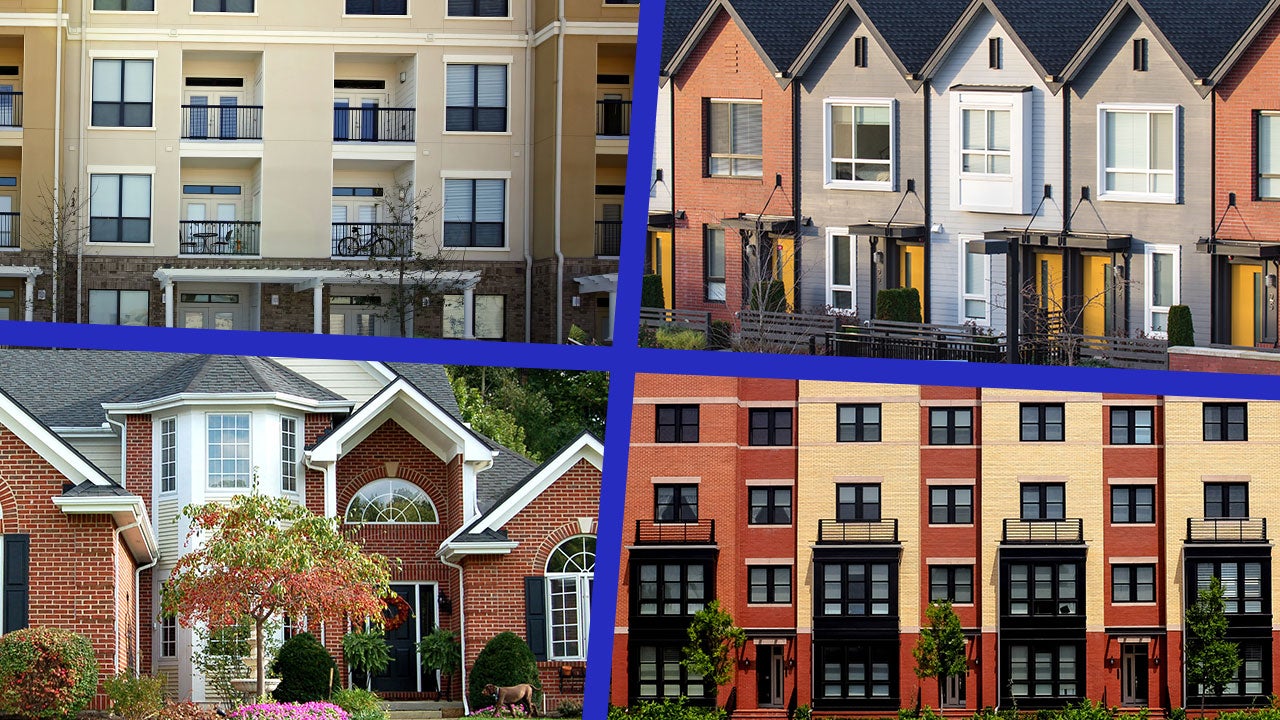
In other words, 20% of your home equity must be free at all times. If you already have a home equity loan or other type of second lien on your home that hasn’t been paid off, you will be unable to get a cash-out refinance. Texas law also caps cash-out refinance closing costs at 2% of the total loan amount.
What are the benefits of a second mortgage?
The right choice depends on factors including your financial need and budget. Whether you call it a second mortgage or a home equity loan, it means the same thing. Withdrawing from your equity can put cash in your hand when you need money but consider what the cost will be and how having two mortgages might affect your monthly budget. When you’re talking about second mortgages vs. home equity loans, you’re really talking about the same thing. A home equity loan is a second mortgage on a home that’s secured by the underlying property.
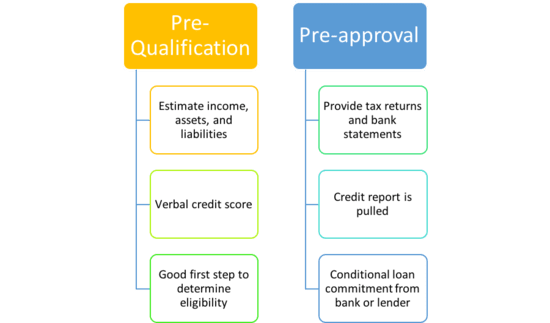
Namely, HELs are “second liens.” And that means they’re riskier for mortgage lenders because they’d get paid second in the event of a foreclosure. A cash-out refinance is a “first lien” or “primary mortgage,” meaning it’s slightly lower risk than a home equity loan. As a result, cash-out refi rates are typically a little lower than home equity loan interest rates. This means that if you default on your payments and the lender sells your property to help recoup their expenses, the primary mortgage holder gets paid first.
Loan terms
The borrower could choose to withdraw funds using a check or a credit card, withdrawals not exceeding the amount of money sanctioned by the lending institution. The money, that was withdrawn during the draw period which usually lasted for 5 years, had to be repaid at the end of the draw period. The line of credit carried an adjustable rate of interest that fluctuated along with the prime rate.

Rates, terms, programs, and underwriting policies subject to change without notice. This is not an offer to extend credit or a commitment to lend. Some products may not be available in all states and restrictions apply. The debt of an ongoing line of credit can be easier to manage if you’re financially responsible, but there’s also more unpredictability involved. Consider how you’ll use the funds to choose the best type of second mortgage for your needs.
The equity you have in your home is defined as the home’s value minus any debts you owe on the house, such as a first mortgage. Another important difference between the two products is that HELOCs typically have floating interest rates, while home equity loans are fixed. In a rising-rate environment, that might make loans a better option. U.S. Bank offers HELOC amounts from $15,000 to $750,000, or up to $1 million for California properties. Bank does allow you to lock in your HELOC from an adjustable to a fixed rate on any outstanding balances. Our ratings take into account interest rates, lender fees, loan types, discounts, accessibility, borrower requirements and other attributes.
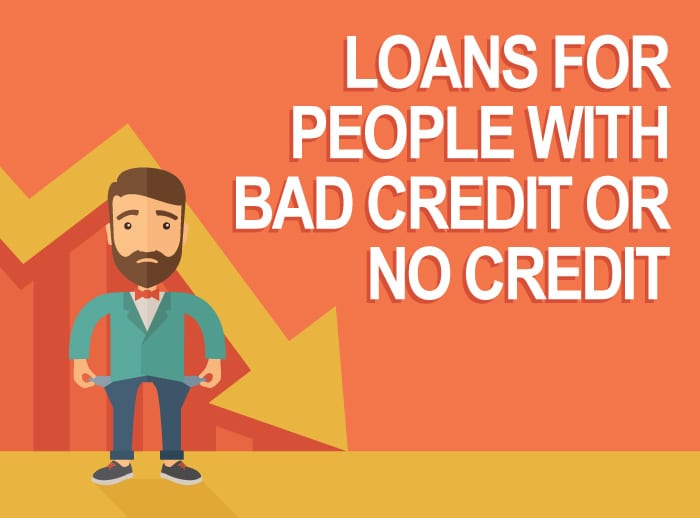
We also reference original research from other reputable publishers where appropriate. You can learn more about the standards we follow in producing accurate, unbiased content in oureditorial policy. Before the Tax Cuts and Jobs Act, you could deduct only up to $100,000 of the debt on a home equity loan.
If you qualify for the second mortgage, the lender puts a new lien on the home. The second lien holder gets paid second in the event of a foreclosure. So, the rates for second mortgages reflect that higher risk.

Hopefully, you now have a better understanding of how a second mortgage differs from a HELOC loan (and won’t be confused that they are both often referred to as home equity loans). Lenders generally allow you to mortgage up to 80% of a home’s value; the percentage that you can borrow via a home equity loan varies and depends on how much of the home you own outright. A second mortgage is any mortgage loan that’s subordinate to a first mortgage. Typically, a first mortgage is a loan that’s used to purchase the home.
Is a home equity loan or line of credit better as a second mortgage?
Popular sites such as Zillow or Redfin have a home-price estimator. They are not the most accurate, experts warn, but they can give you a ballpark figure. In other words, many mortgage holders are in a good position as they hold onto record-high accessible equity. With your consent MoneyNerd may pass you on to a trusted debt counselling company or insolvency practitioner.
